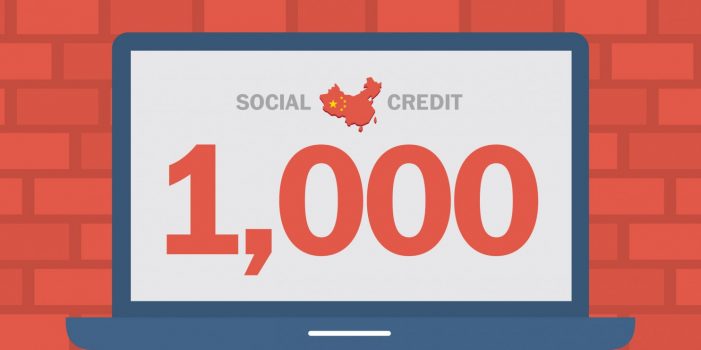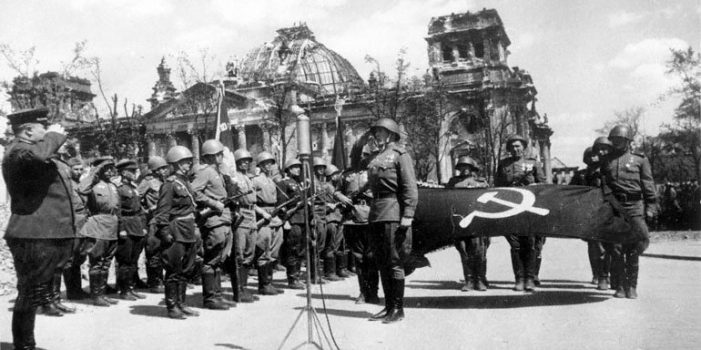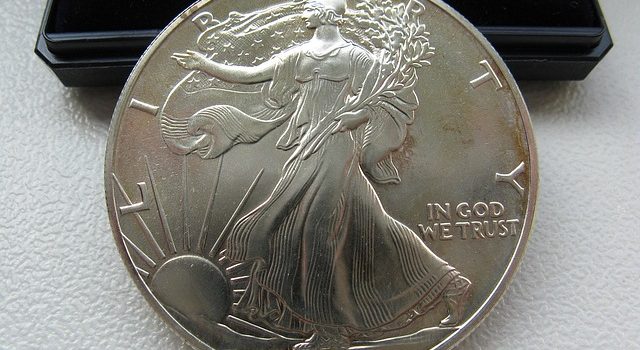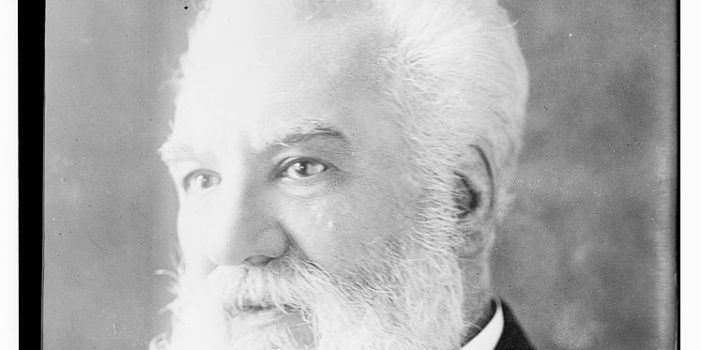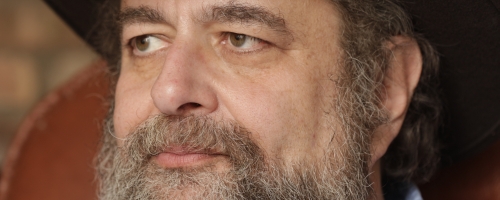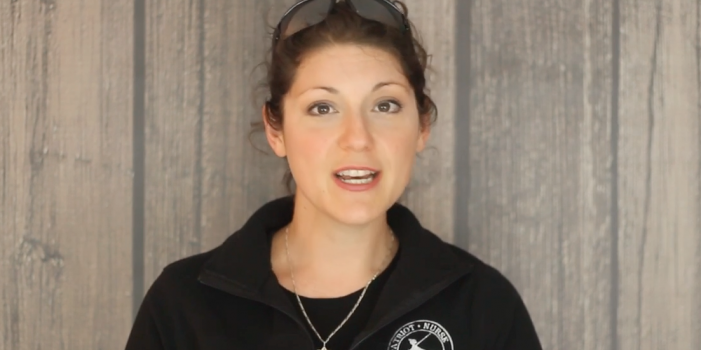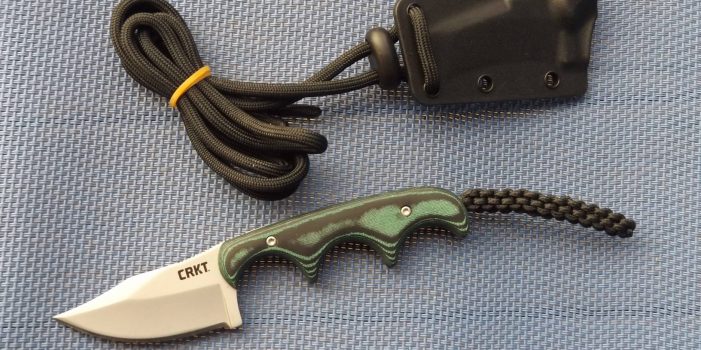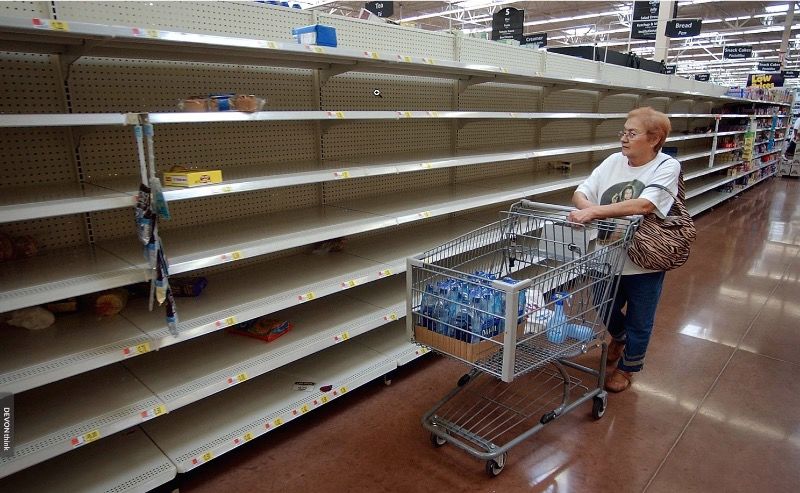SurvivalBlog presents another edition of The Survivalist’s Odds ‘n Sods— a collection of news bits and pieces that are relevant to the modern survivalist and prepper from “HJL”.
Another Gun Maker Bites the Dust
According to this article sent in by reader H.L., another company has caved to the SJWs on the left. Vista Outdoor, Inc (owner of Savage Arms and Stevens) has announced that they are seeking to divest themselves of the Arms manufacturing business. They supply a large percentage of outdoor recreational equipment (like bicycle helmets and CamelBak systems) to retailers such as Walmart and REI. In March, REI suspended all orders from the company in order to force its hand. My takeaway from this? I’m canceling my REI membership.
Pro-Gun Public School Walkout
Whatever happened to educating kids at school? While I see why students might want to organize a pro-Second Amendment walk-out in response to earlier anti-gun walkouts, I fail to see what this has to do with educating students. With the public schools failing on all fronts of education and America’s position in world education constantly slipping backwards, this is a travesty. You know that it won’t get the media coverage because the vast majority of media are anti-gun. If I had my child in public school, I wouldn’t let them walk out on either account. Get your kid out of public school while you can and get them into a system that will actually educate them like homeschool or private school.

